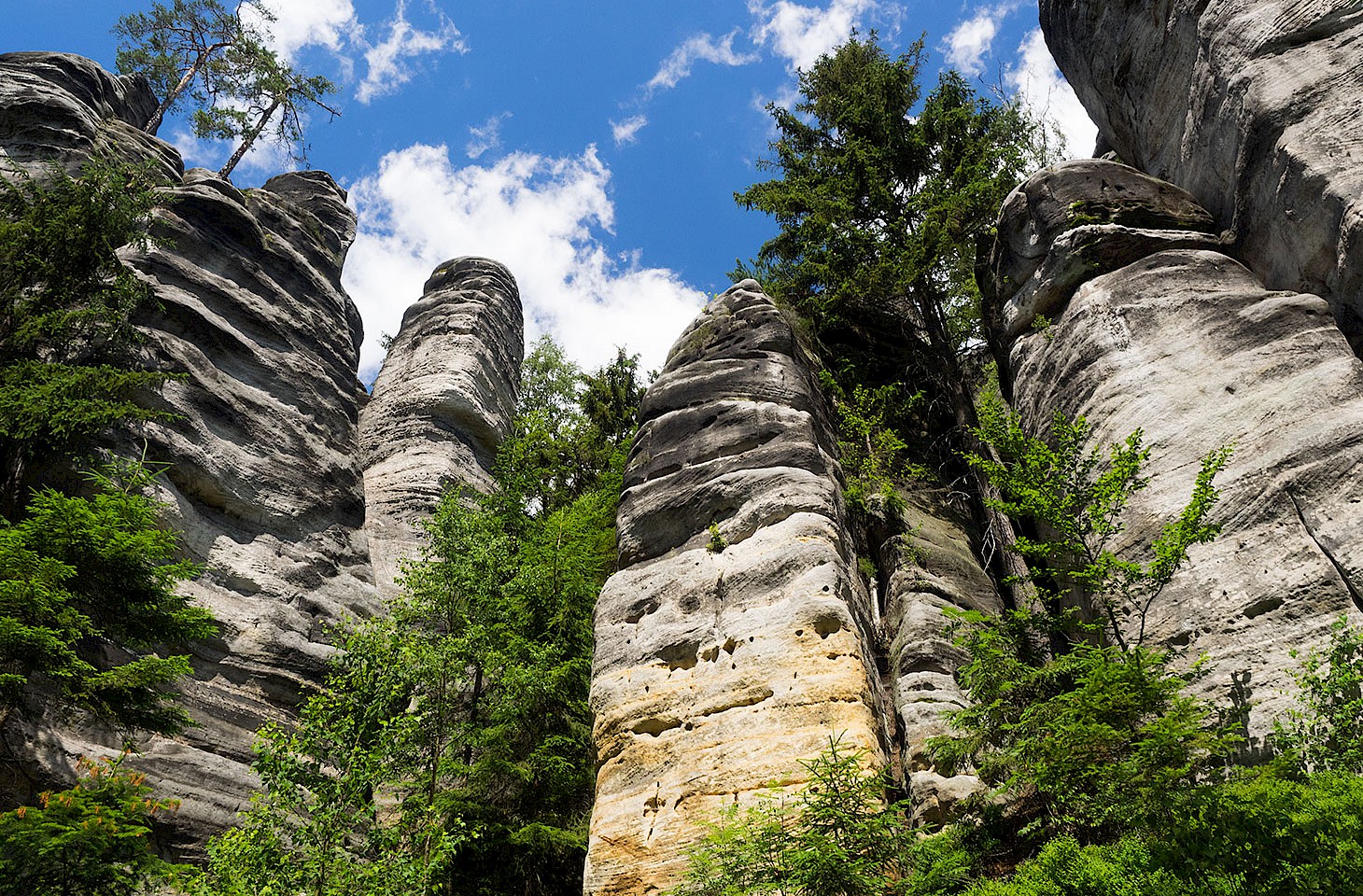Many years ago, I spent a long hot summer in and around a sleepy ksar on the edge of the Sahara. I read many books that summer, but it was Dans l’ombre chaude de l’Islam that tugged and tugged again, urging me to return to its pages. That book was my introduction to Isabelle Eberhardt, a writer who — perhaps more than any other — has influenced my life and my thinking.
This summer, so far from the desert and in a country where the most charming of all oases is my garden, I turned to Sharon Bangert’s English translation of Dans l’ombre chaude de l’Islam. It appears under the Peter Owen imprint in a pocket-sized paperback.
Coming to the book again after a gap of some years, I am struck how this collection of Eberhardt’s final prose is probably her finest piece of travel writing. She sets out from Aïn Séfra in May 1904, and the first portion of the book reports on Isabelle Eberhardt’s journey on horseback to Kenadsa, a distance of about 270km. Nowadays, you could drive this route on good tarmac roads in just three or four hours. In the opening years of the last century, this burnt fragment of desert territory was difficult terrain. Eberhardt’s journey took time, as indeed should every pilgrimage. Her destination was the zawiya at Kénadsa, where she immersed herself in the teachings of the Sufi teacher Sidi Brahim.
The greater part of the book is devoted to the weeks at Kénadsa, variously focusing on the marabout and everyday life in the ksar. This is vintage Eberhardt — stunning, evocative descriptions of a remote desert community interlaced with a lot of soul-searching. Issues of gender (and its fluidity), the durability of relationships and the imperative to explore are well-rehearsed Eberhardt themes, but here they are addressed with a directness and a sense of finality that is less evident in her earlier writing.
It is almost as if Eberhardt knew of her own impending death. She drowned in October that same year as a violent (and wholly unanticipated) torrent swept down an oued. So Dans l’ombre chaude de l’Islam thus reveals a kind of resolution to the worries that were perennial threads in earlier writings. “Une ombre de paix a pénétré les replis de mon âme,” she writes of the new life she finds at Kénadsa. In the English edition: “Peace has penetrated my soul’s labyrinth.”
Eberhardt at peace is of course still an Eberhardt much tormented. How could it be otherwise? And that’s the sheer, challenging beauty of this diary of one woman’s summer in the desert. It is, quite simply, one of the finest pieces of travel writing that I know. It describes and reflects: “To travel is not to think, but to see things in succession, with one’s life sensed in the measure of space.”
Eberhardt is the ultimate slow traveller, ever eager to get under the skin of communities that she encounters on her journey. “I’ve often been criticized for liking too well the ordinary run of people,” she admits. Well, I cannot fault her for that, and that skill, that charmed ability to blend into la vie quotidienne is something to which all slow travellers might properly aspire.
I have followed Eberhardt’s footsteps through the Maghreb and followed her spirit. Like her, I broke with the past and set out to start a new life under clear skies. Some books touch the soul. This one did just that for me when I first read it in French. And still it strikes the same chords today.
Dans l’ombre chaude de l’Islam is both a prayer and a dream. In the book, Eberhardt reflects: “Prayers and dreams should never end.” For Isabelle Eberhardt, those prayers and dreams ended all too prematurely, just a few weeks after she wrote those words. The timing and manner of her eventual demise gives a special poignancy to Eberhardt’s last writings. Dans l’ombre chaude de l’Islam is very much a meditation on death.
A wonderful book. But in my view the English title is an atrocity. The title of the French original, Dans l’ombre chaude de l’Islam, is superb. It is full of passion and warmth. It invites the reader to smell the blossoming pomegranates of the oasis. It pulls the reader into the dead heat of noon in the ksar and to the welcome shade of the mosque.
The English title is In the Shadow of Islam. That rendering dwells on fear more than an enveloping warmth. Was this imposed by the translator or the publisher? I suspect the latter. It’s a cheap trick, one that plays on public apprehension of Islam. In the desert every shadow, every fragment of shade, is something to be cherished. The title Dans l’ombre chaude de l’Islam captures Eberhardt’s life perfectly and positively. The English title just does not work in the same way. That the paperback edition has on the front cover a quote from the Daily Telegraph, a sentence so full of fear of Islam, just adds insult to injury. Throw in a marketing man’s back-cover blurb on ’authenticity’ and you have one of the worst book-covers ever.
Prayers and dreams should live for ever. Isabelle Eberhardt gives her all to make sure they do. Read the French original if you can. But, if you go for the English translation, just ignore the title and the cover blurb.
Nicky Gardner
4 August 2012


